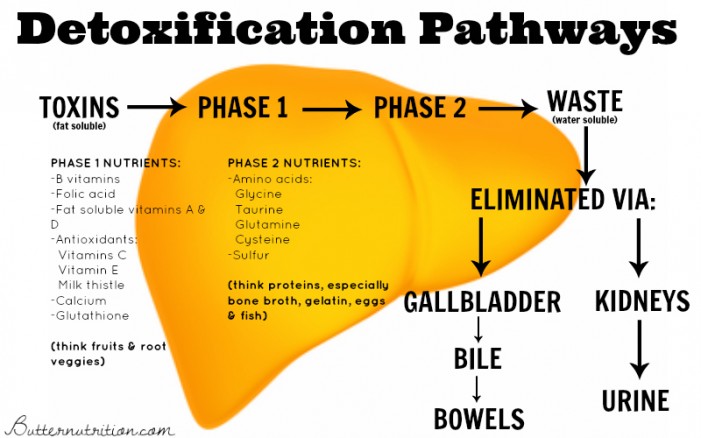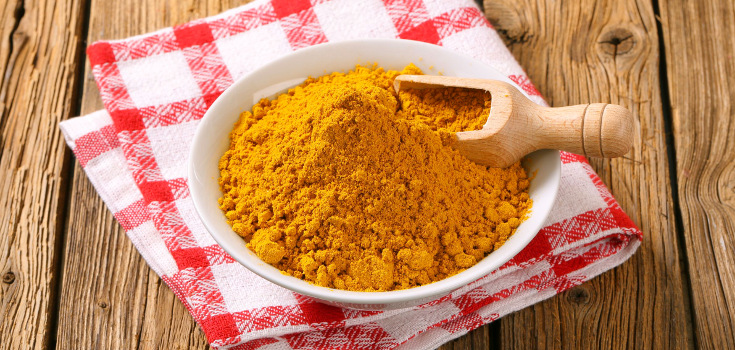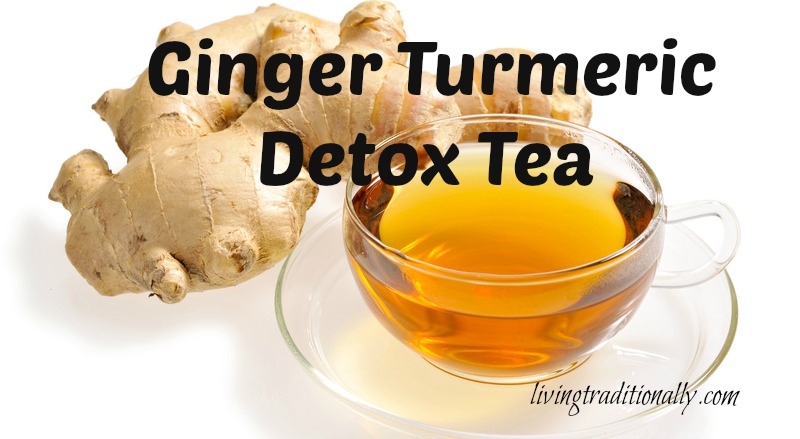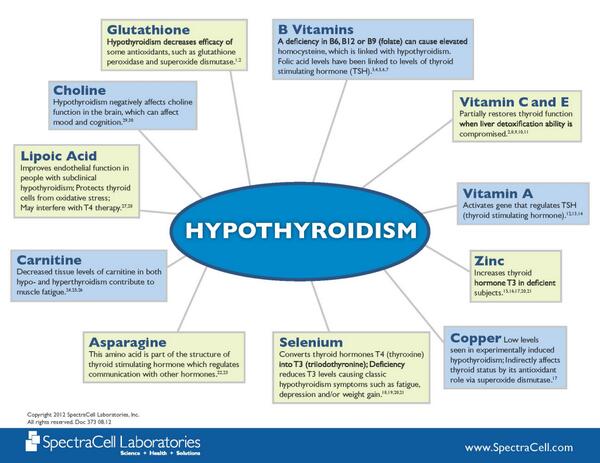When it comes to general health there are a few essential
things that are needed on a daily basis in order to maintain a healthy system.
The human body can make most of the types of fats it needs from other fats or
raw materials. That isn’t the case for omega-3 fatty acids (also called omega-3
fats). These are essential fats—the body can’t make them from
scratch but must get them from food. Foods high in Omega-3 include fish (cold-water fish such as salmon, mackerel, herring, halibut),
vegetable oils, nuts (especially walnuts), flax seeds, flaxseed oil, and leafy
vegetables.
What makes omega-3 fats special?
They are an integral part of cell membranes throughout the
body and affect the function of the cell receptors in these membranes. They
provide the starting point for making hormones that regulate blood clotting,
contraction and relaxation of artery walls, and inflammation. They also bind to
receptors in cells that regulate genetic function. Likely due to these effects,
omega-3 fats have been shown to help prevent heart disease and stroke, may help
control lupus, psoriasis, eczema, and rheumatoid arthritis, and may play protective roles
in cancer and other conditions.
Due to the fact that most Americans eat way too much of the omega 6-oils found in meats and most vegetable oils, they suffer a relative deficiency of omega-3 oils. In return, this deficency can affect the conditions listed above along with many others.
CONDITIONS BENEFITED BY FISH OIL SUPPLEMENTATION:
Allergies
|
Menopause
|
Osteoporosis
|
Alzheimer’s Disease
|
Asthma
|
Crohn’s Disease
|
Depression
|
Diabetes
|
Eczema
|
Psoriasis
|
Macular Degeneration
|
Arthritis
|
Baby Development
|
ADHD
|
Post-Partum
|
Migraines
|
Ulcerative Colitis
|
Cancer
|
High Cholesterol
|
AI Dx: Lupus, MS
|
Omega-3 fats are a key family of polyunsaturated fats. There
are three main omega-3s:
- Eicosapentaenoic acid (EPA) and docosahexaenoic acid (DHA) come mainly from fish, so they are sometimes called marine omega-3s.
- Alpha-linolenic acid (ALA), the most common omega-3 fatty acid in most Western diets, is found in vegetable oils and nuts (especially walnuts), flax seeds and flaxseed oil, leafy vegetables, and some animal fat, especially in grass-fed animals. The human body generally uses ALA for energy, and conversion into EPA and DHA is very limited.

Supplementation of Omega 3 Fatty Acids:
 One of the major advances in nutritional medicine has been the ability to produce a fish oil supplement that is highly concentrated source of long-chain omega-3 fatty acids and also free from damaged fats (lipid peroxides), heavy metals, environmental contaminants, and other harmful compounds.
One of the major advances in nutritional medicine has been the ability to produce a fish oil supplement that is highly concentrated source of long-chain omega-3 fatty acids and also free from damaged fats (lipid peroxides), heavy metals, environmental contaminants, and other harmful compounds.
I always inform my patients, how important it is to use pharmaceutical-grade fish oil concentrates which are superior to earlier fish oil products as opposed to cheaper concentrates of fish oil. TIP: AVOID buying fish oils from drug stores such as: CVS, Walgreens, Walmart, Target, and local grocery stores. Consult with your Alternative Medicine Expert about high-quality fish oil supplemenation.
RECOMMENDATION FOR GENERAL HEALTH:
Take a High-Quality Fish Oil Product to Provide 1.000 mg EPA + DHA per day
Dr. Ezzy
832-913-5022














